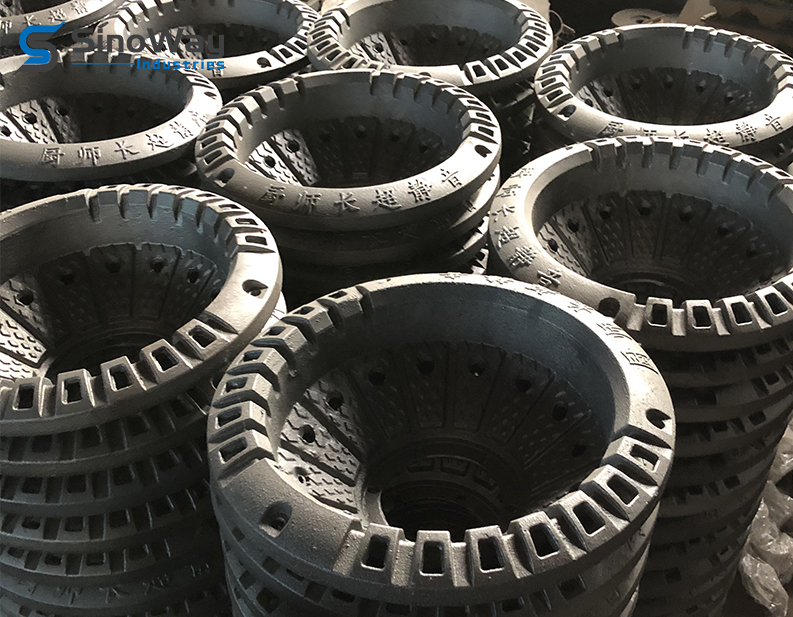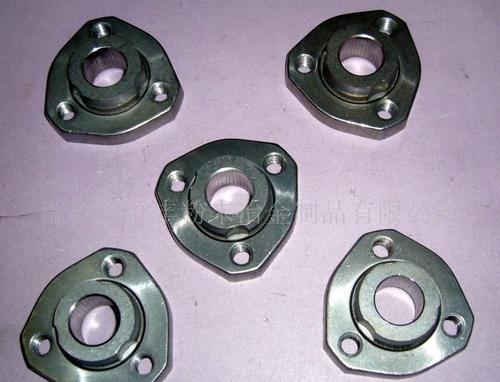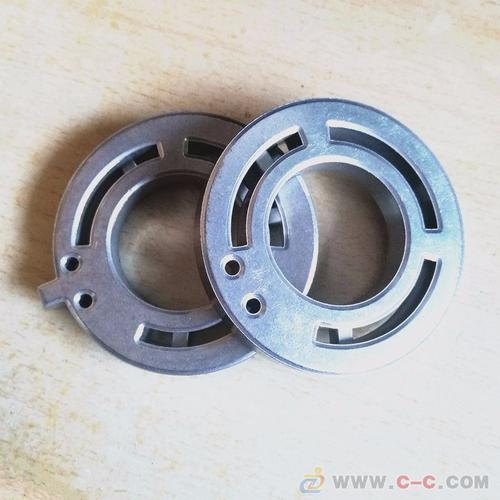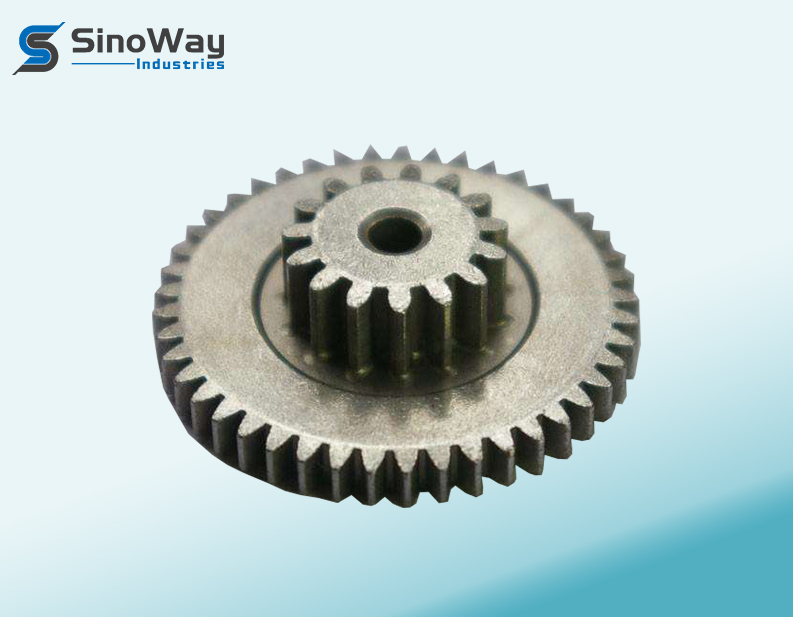When it comes to metal forging, the choice between hot and cold forging is critical in determining the quality, durability, and cost-effectiveness of the final product. As a leading sheet metal manufacturer, Sinoway understands the importance of selecting the right forging technique. Each method has its distinct advantages and is suited for specific applications. In this article, we’ll dive deep into the differences between hot and cold forging, their respective benefits, and how Sinoway helps you make the best decision for your manufacturing needs.
What is Metal Forging?
Metal forging is a manufacturing process in which metal is shaped by applying compressive forces. This process enhances the metal’s mechanical properties, such as strength and durability, making it ideal for producing high-performance components. At Sinoway, we specialize in delivering precision-forged components tailored to meet the unique requirements of various industries, including automotive, aerospace, construction, and more.
Forging can be broadly categorized into two types: hot forging and cold forging. While both methods aim to shape metal, they differ significantly in terms of process, temperature, and applications. Understanding these differences is essential to ensure that the chosen method aligns with your project requirements.
Hot Forging: An Overview
Hot forging involves heating the metal to a temperature above its recrystallization point, which makes it more malleable and easier to shape. This process is often used for metals like steel, aluminum, and titanium, which require high temperatures to achieve the desired form.
laser cut brackets
metal stamping parts
sintered gears
casting oil seals
drop forging
bending bracket
Key Features of Hot Forging
- Temperature: Typically conducted at temperatures between 700°C and 1250°C, depending on the material.
- Equipment: Requires furnaces, hammers, and presses to shape the heated metal.
- Applications: Suitable for large, complex components that require high strength and durability.
Advantages of Hot Forging
Hot forging offers several benefits that make it a preferred choice for certain applications:
- Enhanced Ductility: Heating the metal reduces its hardness, making it easier to deform without cracking.
- Improved Grain Structure: The high temperature allows the metal to recrystallize, resulting in a finer grain structure and improved mechanical properties.
- Versatility: Hot forging can be used to produce a wide range of shapes and sizes, from simple components to intricate designs.
- Reduced Tool Wear: The softer metal reduces wear and tear on the forging tools, extending their lifespan.
Limitations of Hot Forging
Despite its advantages, hot forging has some drawbacks:
- Surface Finish: The high temperatures can cause oxidation and scaling, leading to a rough surface finish.
- Dimensional Accuracy: The thermal expansion of the metal can result in less precise dimensions.
- Energy Consumption: Heating the metal requires significant energy, increasing production costs.
Cold Forging: An Overview
Cold forging, on the other hand, is performed at or near room temperature. This method relies on high-pressure compressive forces to shape the metal, making it ideal for softer metals like aluminum and copper, as well as steel with specific properties.
Key Features of Cold Forging
- Temperature: Conducted at room temperature or slightly above.
- Equipment: Utilizes hydraulic presses, dies, and punches to shape the metal.
- Applications: Commonly used for small, precision components with tight tolerances.
Advantages of Cold Forging
Cold forging offers unique benefits that make it suitable for high-precision applications:
- Superior Surface Finish: The absence of heat prevents oxidation, resulting in a smoother surface.
- High Dimensional Accuracy: Cold forging produces components with tight tolerances and minimal post-processing requirements.
- Cost-Effectiveness: Eliminating the need for heating reduces energy consumption and production costs.
- Increased Strength: The work-hardening effect during cold forging enhances the metal’s strength and hardness.
Limitations of Cold Forging
While cold forging has its advantages, it also comes with certain limitations:
- Material Limitations: Not all metals are suitable for cold forging, as some may crack or fracture under high pressure.
- Tool Wear: The high forces involved can lead to faster wear and tear on the forging tools.
- Less Versatility: Cold forging is generally limited to simpler shapes and smaller components.
Hot vs. Cold Forging: A Comparative Analysis
To help you decide which forging technique is best for your needs, let’s compare hot and cold forging across several key parameters:
| Parameter | Hot Forging | Cold Forging |
|---|---|---|
| Temperature | 700°C – 1250°C | Room Temperature |
| Surface Finish | Rough | Smooth |
| Dimensional Accuracy | Moderate | High |
| Material Strength | Good | Excellent (Due to Work-Hardening) |
| Tool Wear | Low | High |
| Energy Consumption | High | Low |
Which Forging Technique is Right for You?
The choice between hot and cold forging depends on several factors, including the material, design complexity, required tolerances, and budget. Here’s a quick guide to help you decide:
- Choose Hot Forging If: You need to produce large, complex components with high strength and don’t mind a rough surface finish.
- Choose Cold Forging If: You require small, precision components with a smooth surface and tight tolerances.
At Sinoway, we understand that every project is unique. Our team of experts works closely with you to evaluate your requirements and recommend the most suitable forging technique. With state-of-the-art equipment and a commitment to quality, we ensure that your components meet the highest standards of performance and reliability.
Why Choose Sinoway for Your Forging Needs?
As a trusted sheet metal manufacturer, Sinoway offers a comprehensive range of forging services tailored to meet the diverse needs of our clients. Here’s why you should partner with us:
- Expertise: With years of experience in the industry, our team has the knowledge and skills to handle even the most challenging projects.
- Customization: We provide fully customized solutions to ensure that your components meet your exact specifications.
- Quality Assurance: Our rigorous quality control processes guarantee that every product meets the highest standards.
- Advanced Technology: We leverage the latest forging technologies to deliver superior results.
- Customer Support: Our dedicated support team is always available to address your questions and concerns.
Conclusion
Choosing the right forging technique is crucial for achieving the desired performance and cost-efficiency of your components. While hot forging is ideal for large, durable parts, cold forging excels in producing high-precision components with excellent surface finishes. At Sinoway, we are committed to helping you make the best decision for your project. Contact us today to learn more about our forging services and how we can assist you in achieving your manufacturing goals.
Whether you’re in the automotive, aerospace, or any other industry, Sinoway is your trusted partner for high-quality metal forging solutions. Let us help you bring your vision to life with precision and excellence.







